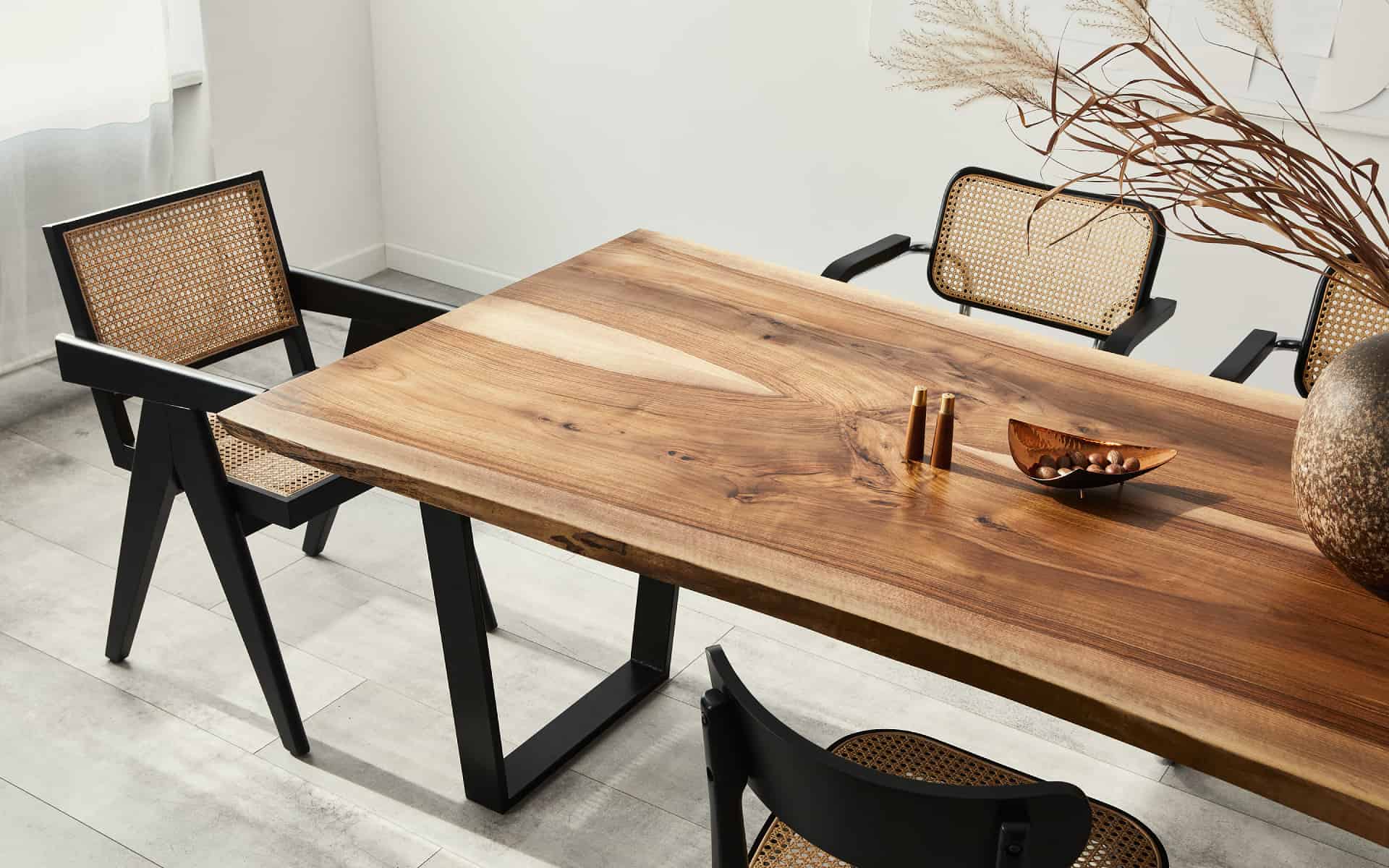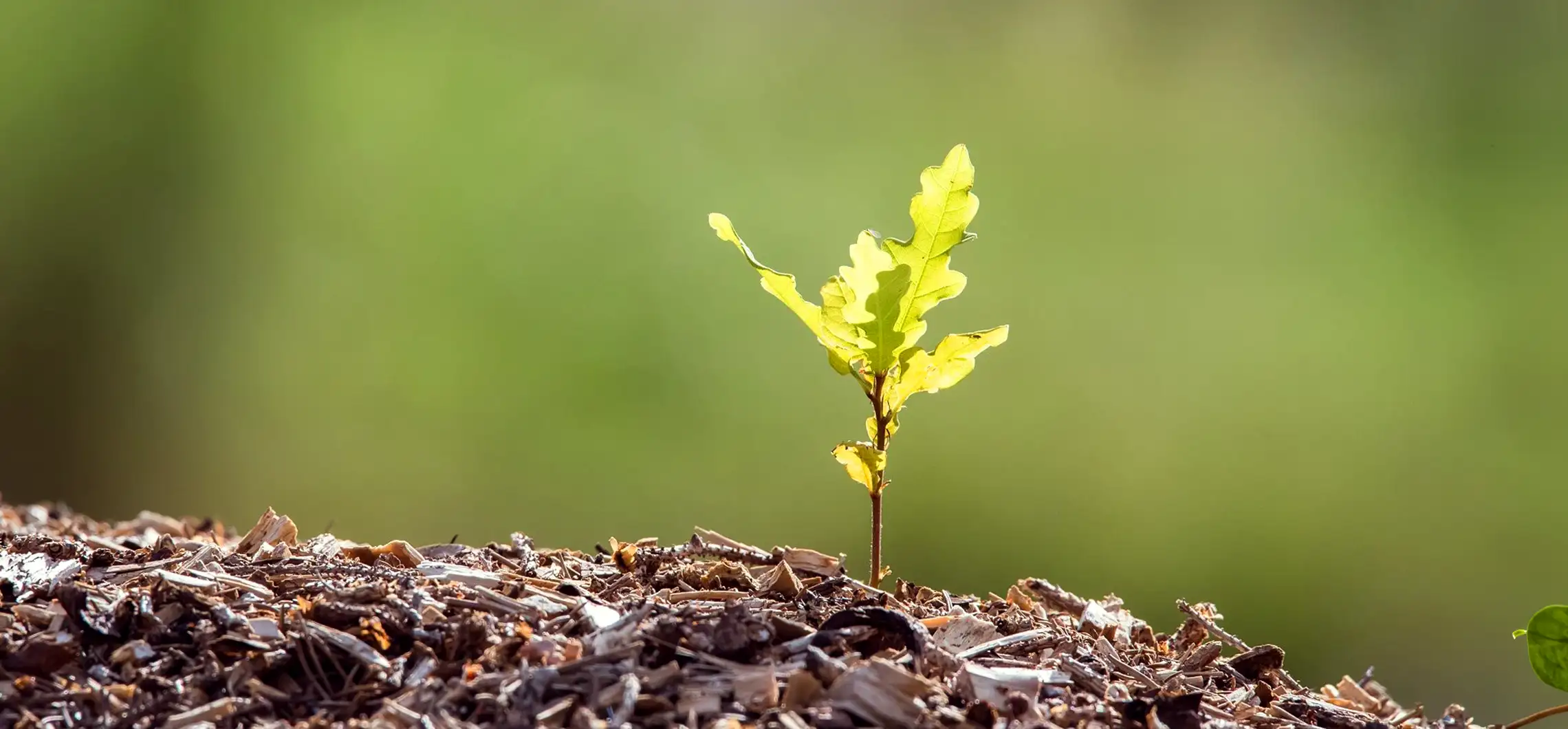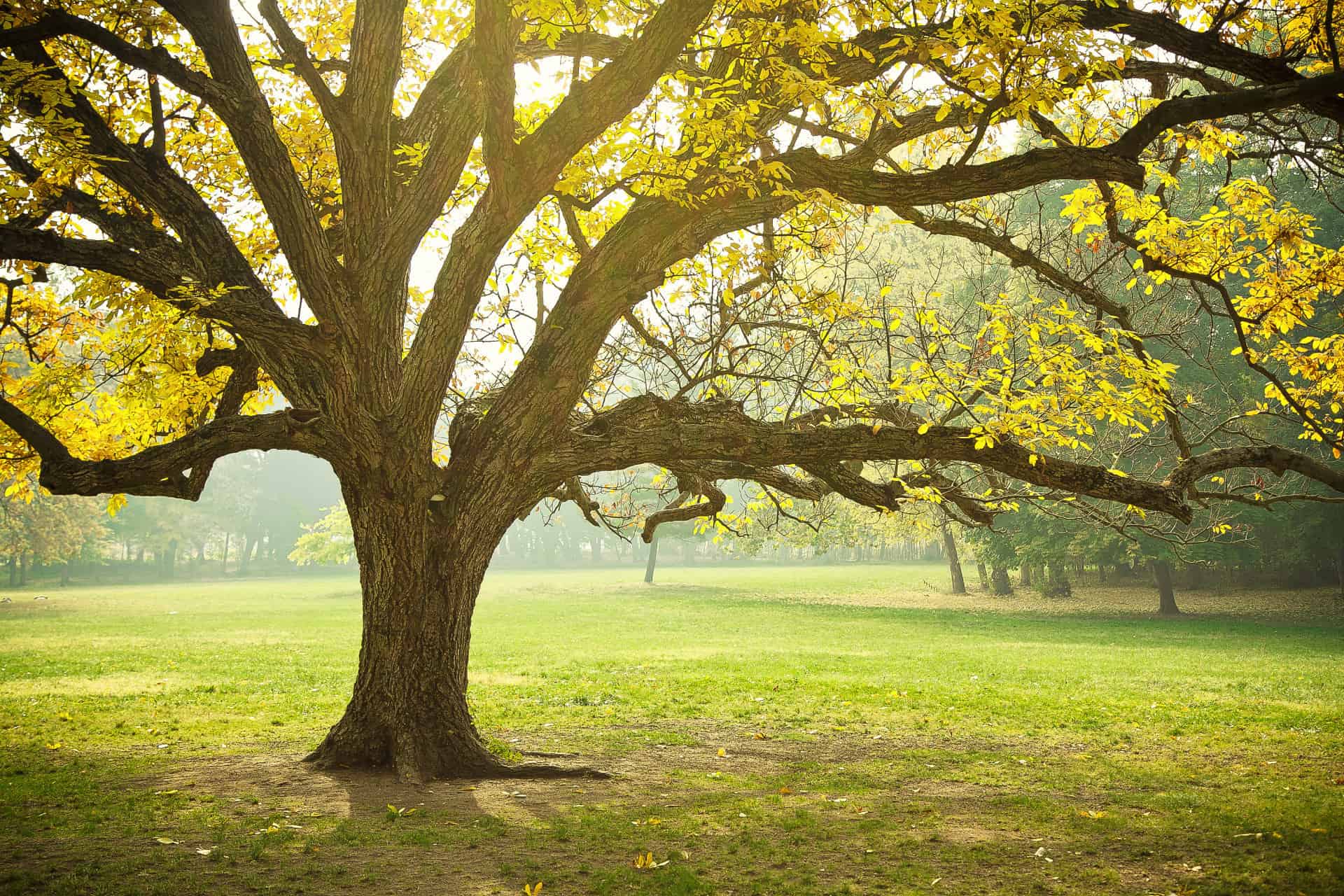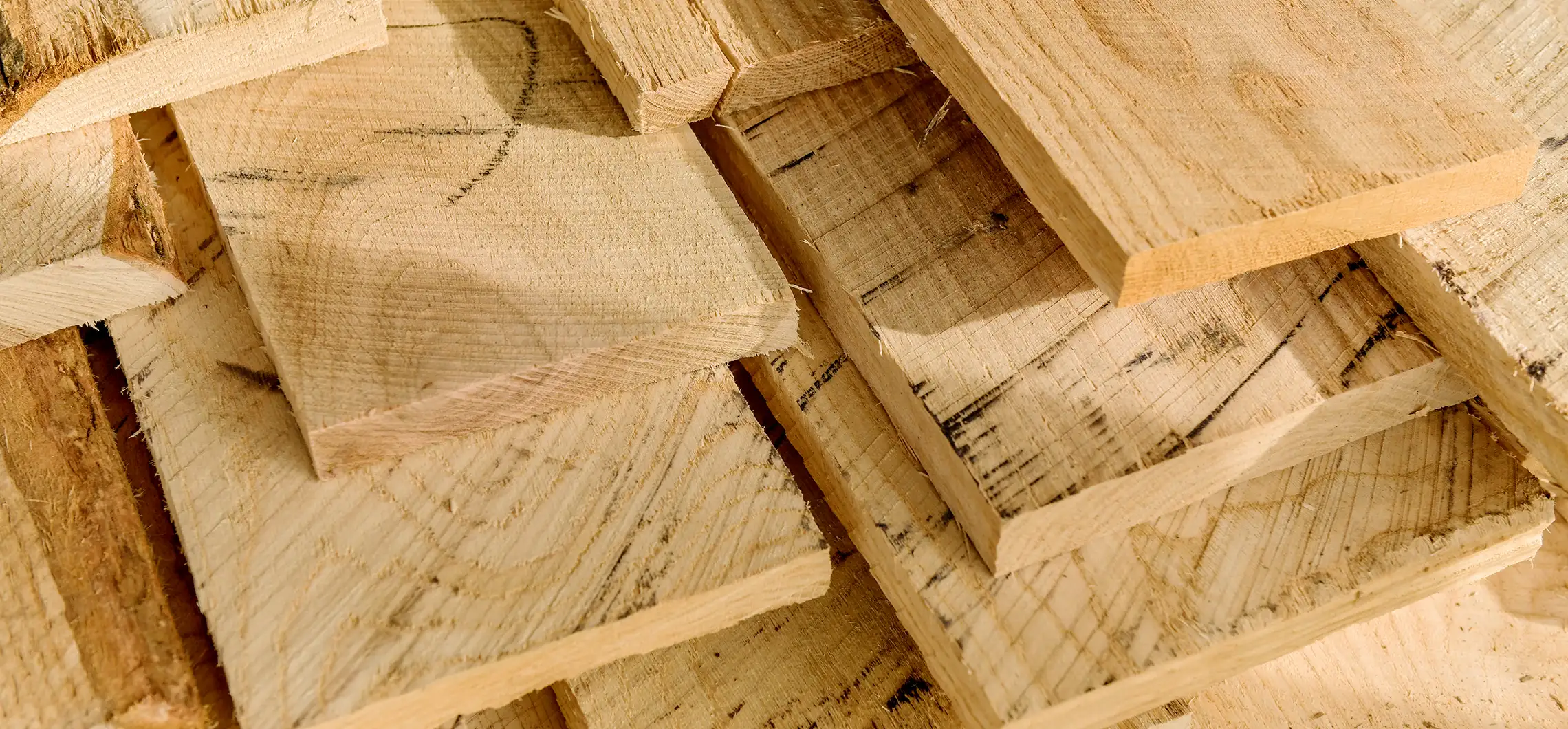Sustaining Our Economy and Our Planet
North American hardwoods are a cornerstone of both our economy and the environment. These versatile hardwood products offer a sustainable solution across a wide range of industries, from construction materials and homebuilding to furniture production and beyond. The hardwood industry not only plays a crucial role in sustaining our natural resources but also contributes significantly to the economic health of local and national economies.
The economic impact of the hardwood industry can be seen through its contributions to job creation, trade, and local economies. For a deeper understanding of the sector’s broad economic influence, we encourage you to explore the Economic Impact Study, which highlights the far-reaching benefits of the hardwood industry.
In addition to their economic value, North American hardwoods are vital to maintaining a healthy planet. The sustainable practices employed in managing these forests ensure that they continue to thrive, providing renewable resources and contributing to global carbon sequestration efforts.
To explore the environmental profile of North American hardwoods in greater detail, we invite you to utilize the American Hardwood Export Council’s online tools, which offer valuable insights and data on the ecological benefits and sustainability of hardwood products.
American Hardwood Forest Explorer
This interactive map provides detailed information on hardwood forest volume, growth, and harvest at the state and county level throughout the United States.
American Hardwood Environmental Profile
This is an interactive tool for AHEC members providing environmental impact data such as carbon footprint, forest replenishment time, acidification, and eutrophication for different species, lumber thicknesses, and transport scenarios.
NHLA Member Sustainablity
NHLA offers its members the Sustainability Verification Certificate to help understand and answer questions regarding the sustainability of North American hardwoods. Learn more about getting your SVC today!
Video Library
Our Video Assets offer an engaging and informative way to explore the many benefits of North American hardwoods. Whether you’re interested in learning more about the diverse species, their sustainable growth, or the impact they have on our environment, these videos provide valuable insights in an easy-to-digest format. Watch and learn how hardwood products contribute to a greener, more sustainable future.
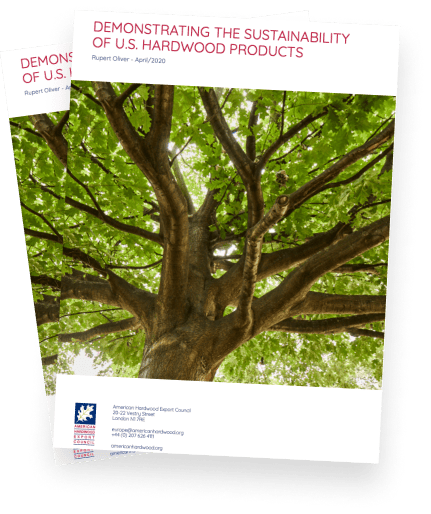
Subscribe to the NHLA Newsletter
Discover the world of hardwood like never before with the National Hardwood Lumber Association’s newsletter! We invite you to join our community of hardwood enthusiasts, professionals, and hobbyists by signing up today.
